ADA ramp access in front of Historic Brunk House off Highway 22 is gone. Why is that?
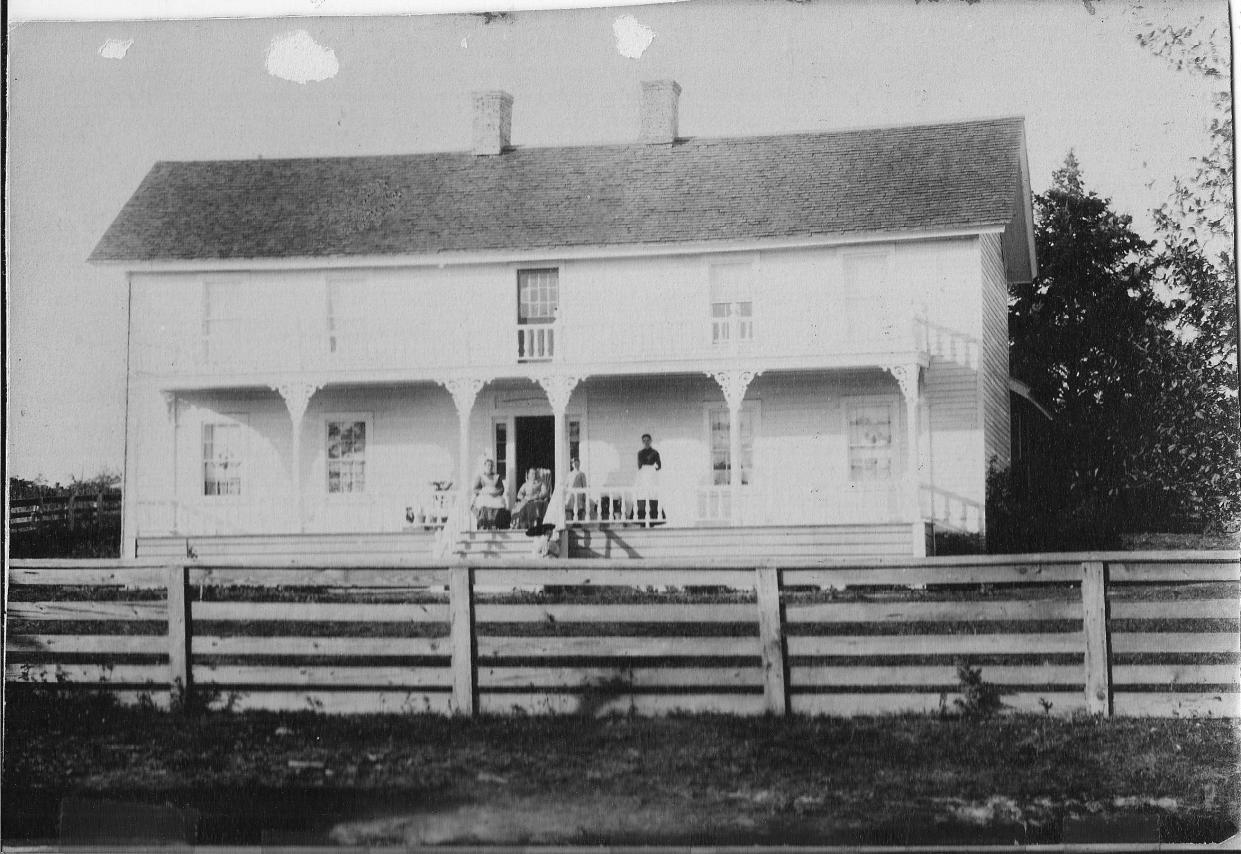
This is part of a weekly series answering "Why is that?" questions about Salem and the Mid-Valley.
The question: Why is there no ramp access in front of the historic Brunk House in Polk County? We have the answer. But first, a little history.
The background: The Brunk Farmstead is a landmark historical site on Highway 22, about six miles from downtown Salem.
The property features a two-story farmhouse built in 1861 for Harrison and Emily Brunk for $844. It has three fireplaces, with documentation noted in the National Register of Historic Places suggesting the bricks were made on site or nearby.
The Brunks were among the earliest settlers in the area, homesteading in 1849 in the boggy Basket Slough before acquiring better farmland 10 years later further east at what would become known as Brunk's Corner. Locals still refer to the junction where Independence Highway branches off Highway 22 by that name.
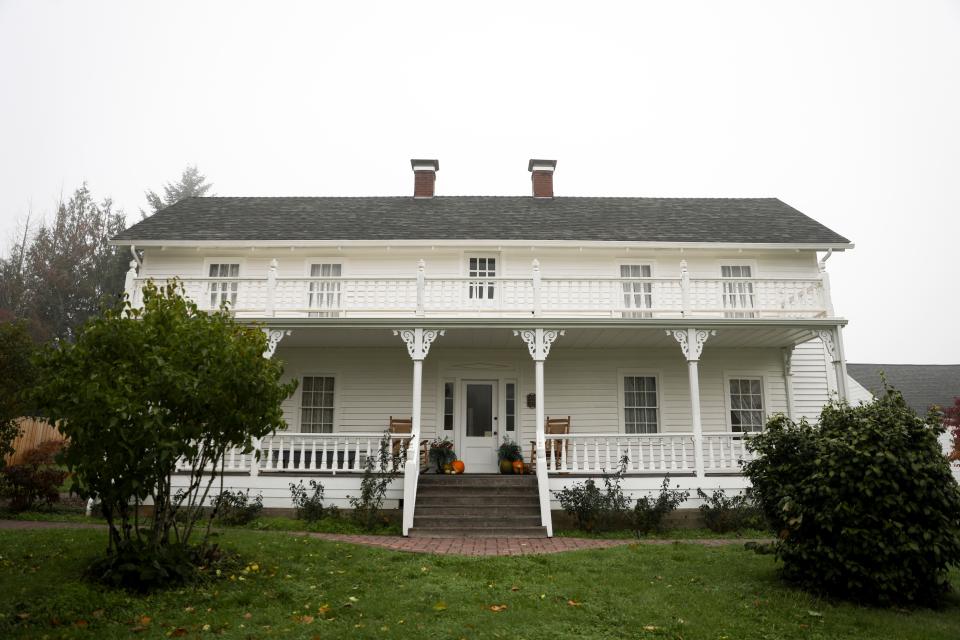
Harrison Brunk was a well-known orchardist, farmer and stockman. His wife was entrenched in the community, often holding church and other gatherings in their home.
Their son, Thomas, was even better known for raising prize-winning Poland China hogs and Cotswold sheep. He later served in the Oregon Legislature, and he and his wife, Carrie, raised their five children in the Brunk House.
Their youngest son, who went by Earl, was the third generation to live in the house. He remained a bachelor and donated it to the county when he died in 1974. The county deeded the property to the Polk County Historical Society, and the following year the house was added to the National Register of Historic Places, touted as the oldest known two-story farmhouse in the county.
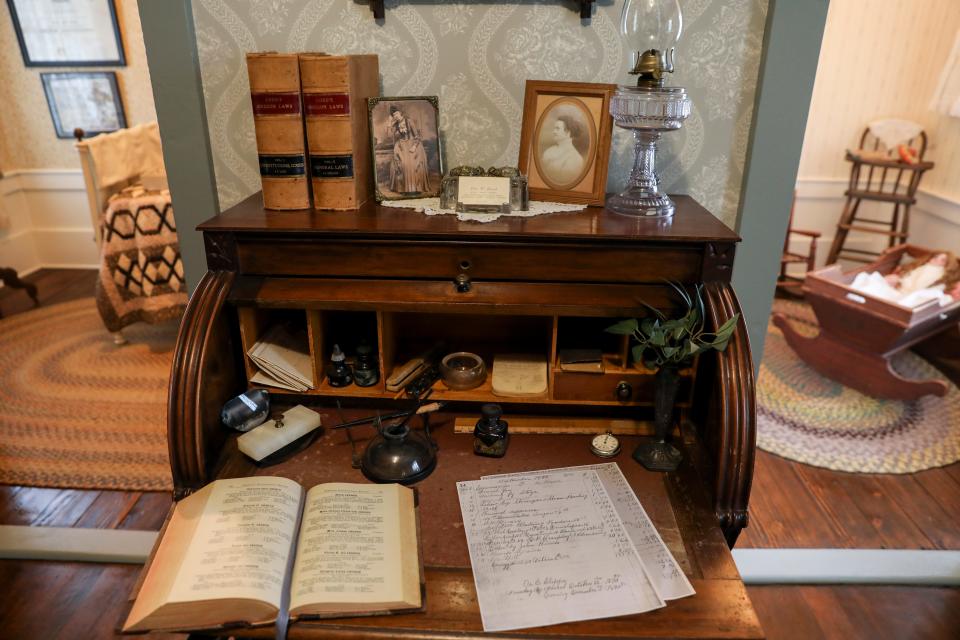
Nearly three decades later, Brunk Farmstead is a living history museum, still owned and maintained by the historical society. It serves as a resource for families to engage in the processes used on a typical pioneer farm, hosting various events such as the Apple Fest each October.
The 162-year-old house has undergone interior renovations the past three years and the rebuilding of its familiar farmhouse porch visible on the north side of Highway 22.
Why is there no longer a ramp access in front of the Brunk House?
The Brunk House reopened in May after a lengthy closure without a wheelchair ramp. There used to be one near the front of the house, leading into the kitchen, but it was removed because it was unsafe and in deteriorating condition.
When asked about replacing the ramp, a volunteer for the historical society and farmstead said because of its designation as a historical site, it does not "have to be ADA compliant," which is not exactly the case.
No building considered a "place of public accommodation" under the American with Disabilities Act of 1990 is completely exempt. There is no "grandfather" clause in the ADA.
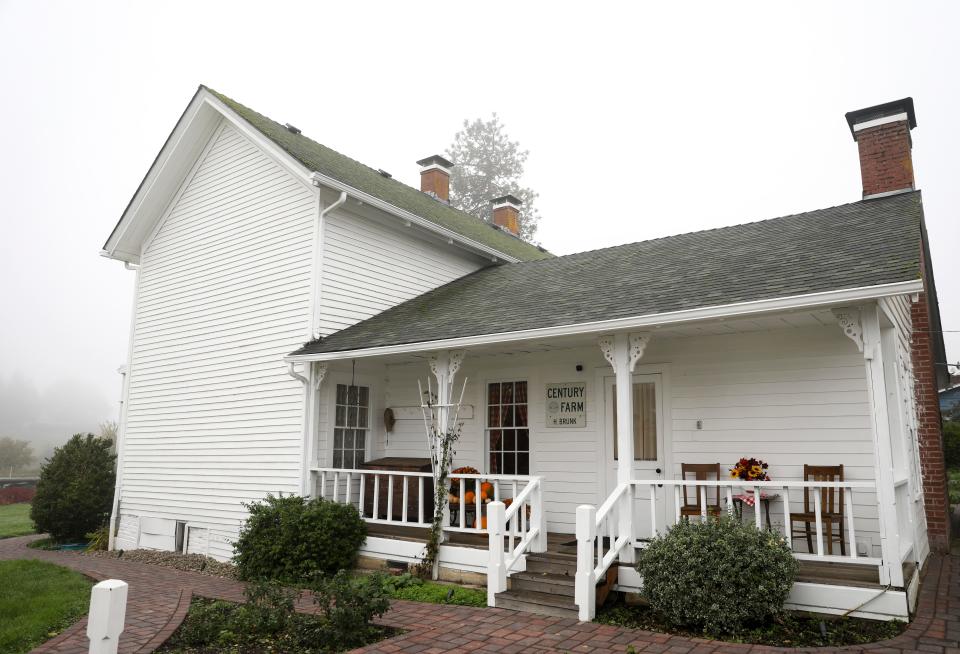
The Oregon State Historic Preservation Office says there is a common misconception that historic properties do not need to meet current code requirements.
It is true that ADA accessibility rules are more flexible when it comes to historic buildings, and owners must balance the responsibility of providing access to people with disabilities while preserving the original characteristics of the property.
The National Park Service has drafted Preservation Brief 32 to provide guidance on how to integrate accessibility with a historic property.
Per ADA Accessibility Guidelines, historic buildings must meet certain accessibility requirements, including a minimum of one accessible entry.
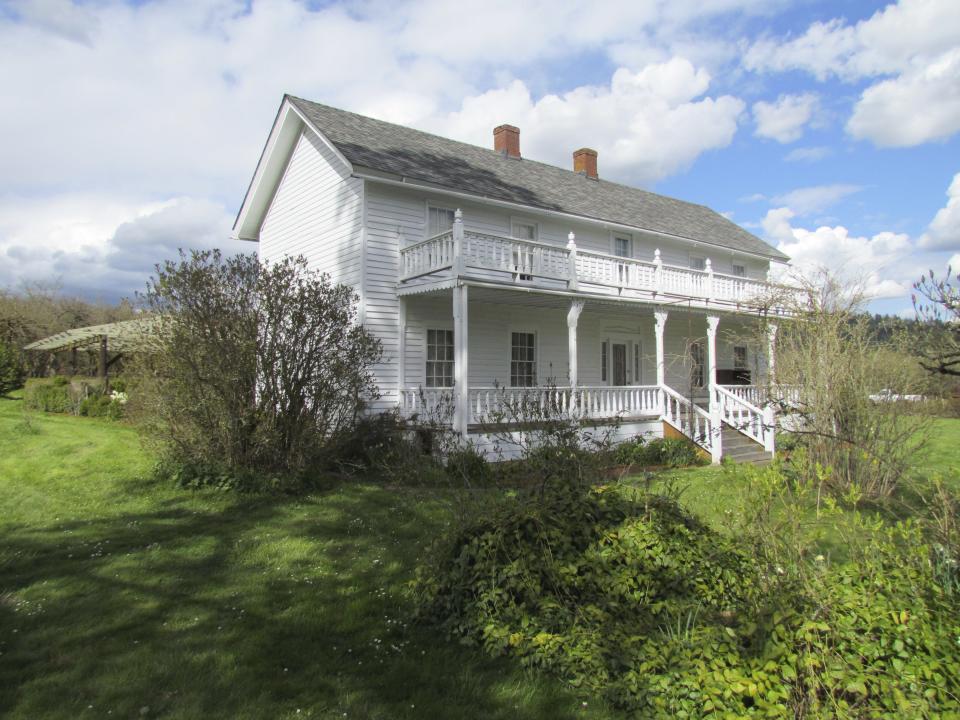
A new ramp was not installed in the former location because it was evident a better place was available. More than a month ago, a pathway was cleared around Brunk House and a ramp of pavers added to the rear of the house, providing access for persons who use a walker or wheelchair. We do not know whether the access meets ADA guidelines. Officials say visitors no longer have to navigate a slipper, wooden ramp.
The state historic preservation office said there are cases when historical properties are able to receive variances from current building codes. Officials with Brunk House did not apply for a variance from Polk County. They did get a permit to repair the porch.
The county was unaware of a ramp previously connected to the porch, which limited what it could require building code-wise. If Brunk House had added the porch instead of just repairing it, there may have been more stringent requirements.
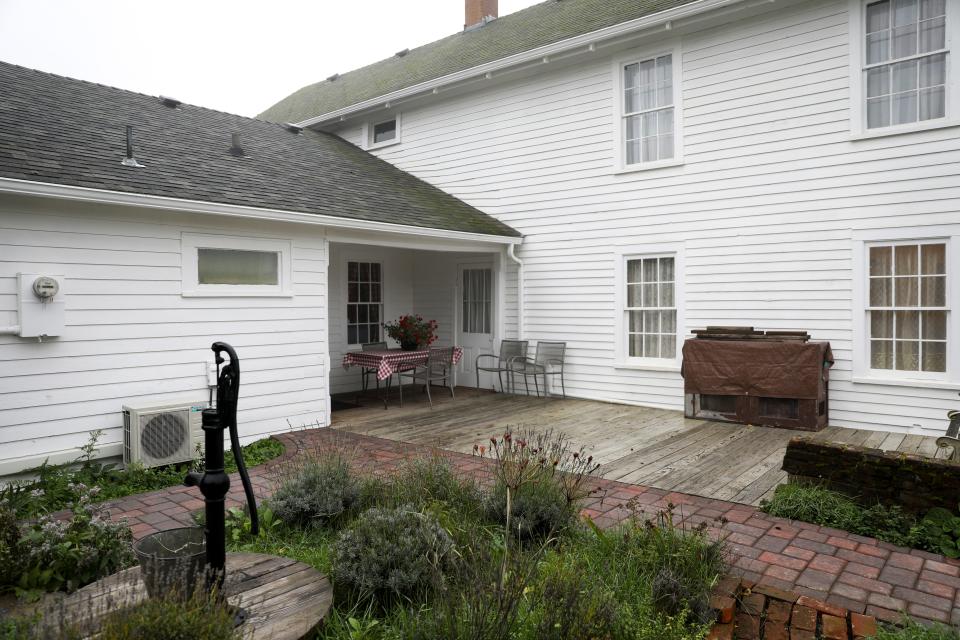
Federal and state laws related to ADA accessibility at historic buildings or properties are complicated. Many have access limitations, including other local sites.
Deepwood Estate, for example, has a note posted on its website about ADA access:
"In order to maintain our historic structures and gardens in their original forms, some of our spaces are not wheelchair accessible. These areas include: the interior of the historic house and Carriage house. There are approximately 9 steps to get from ground level to the front porch, and a full set of stairs on the interior of the home to get to the second floor. All of the historic garden spaces are accessible via long winding paths."
Access inside Brunk House is limited because doorways are narrow and have thresholds in the entryway of some of the rooms. A person using a wheelchair may need assistance maneuvering over the bumps.
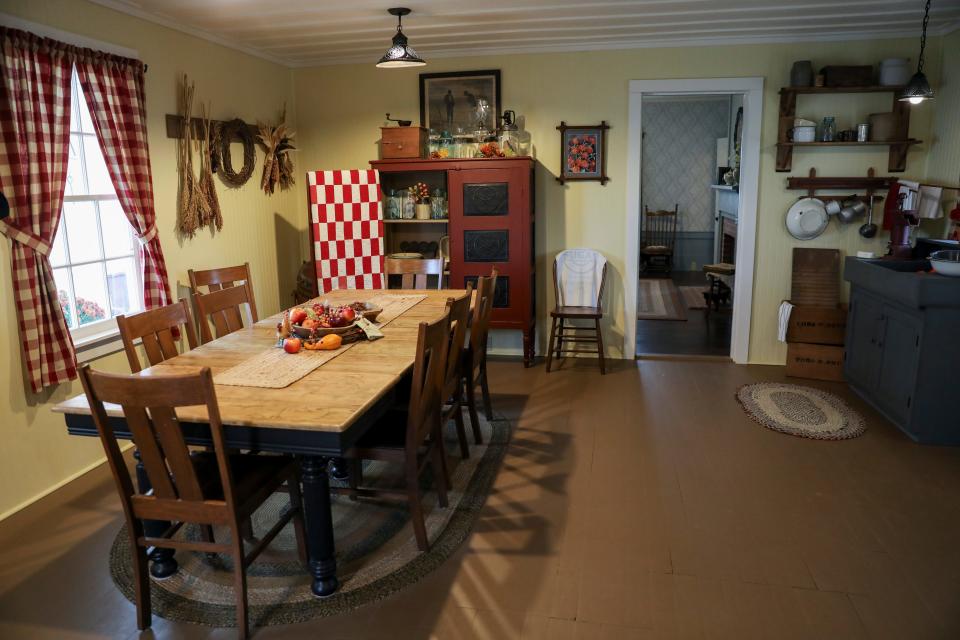
Oh, by the way
Hours at the Brunk House are 10 a.m. to 2 p.m. Friday and Saturday, although the museum will be closed the next two weekends, Nov. 17-18 and Nov. 24-25, to decorate for the holidays.
The farmstead reopens Dec. 1-2 and will be open the first three weekends of December, with tours at 10 a.m., 11 a.m., noon and 1 p.m. each day.
The cost to visit is free for Polk County Historical Society members; $5 for non-members; $4 for seniors; and $1 for students.
To learn more, visit the historical society website or email questions to brunkfarmstead@gmail.com.
Capi Lynn is a senior reporter for the Statesman Journal. Email your "Why is that" questions to her at clynn@statesmanjournal.com.
This article originally appeared on Salem Statesman Journal: Historic Brunk House's front ADA ramp access is gone. Why?

